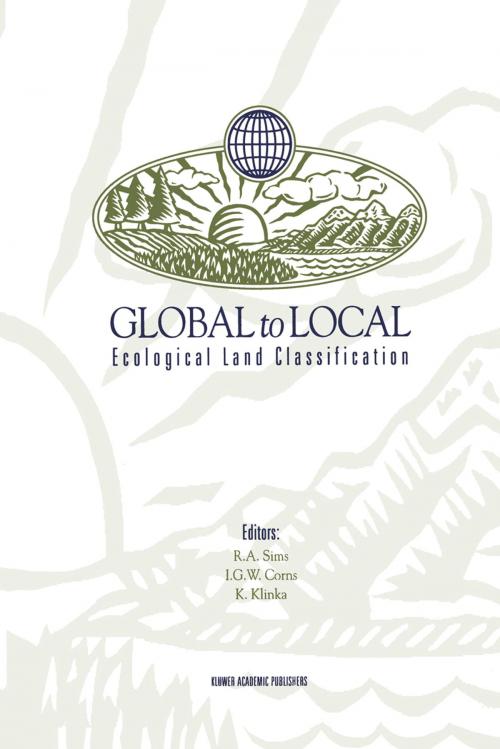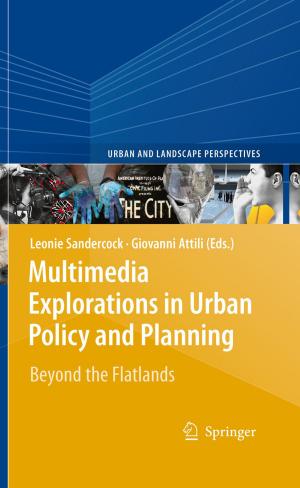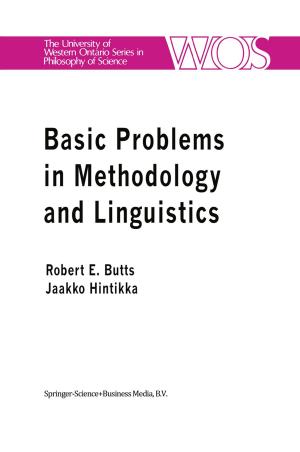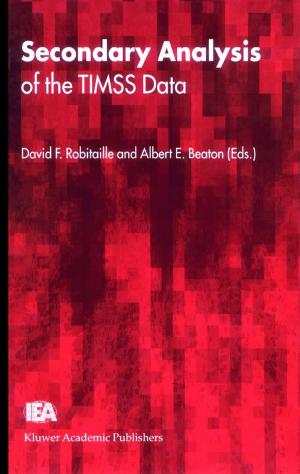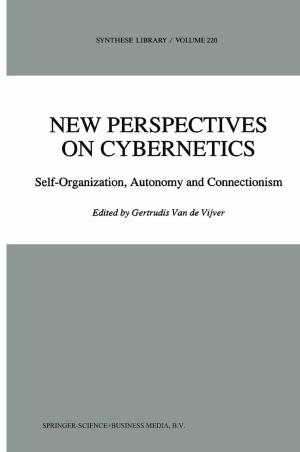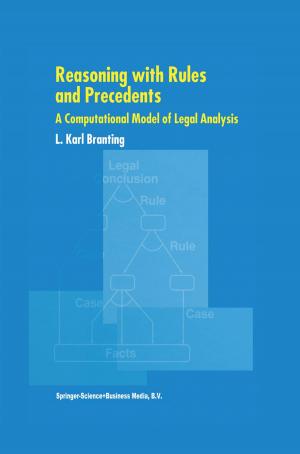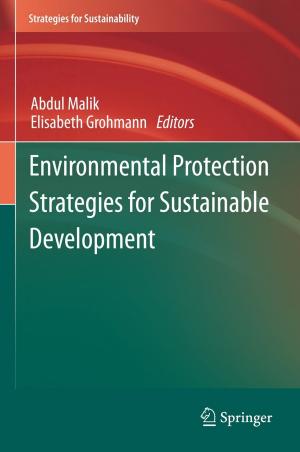Global to Local: Ecological Land Classification
Thunderbay, Ontario, Canada, August 14–17, 1994
Nonfiction, Science & Nature, Technology, Environmental, Agriculture & Animal Husbandry, Nature| Author: | ISBN: | 9789400916531 | |
| Publisher: | Springer Netherlands | Publication: | December 6, 2012 |
| Imprint: | Springer | Language: | English |
| Author: | |
| ISBN: | 9789400916531 |
| Publisher: | Springer Netherlands |
| Publication: | December 6, 2012 |
| Imprint: | Springer |
| Language: | English |
Ecological Land Classification (ELC) refers to the description of land resources at a range of spatial resolutions (i.e. global to local) and for a range of purposes or values. The emerging science of ELC is in fact a very carefully integrated blend of vegetation and earth sciences, climatology, cartography and ecology with a range of new technologies and methodologies including computer-based geographic information systems, remote sensing and simulation modelling.
This publication defines the current `state-of-the-art' of ELC. It provides particular insight into the role of ELC in current and future forest resource planning and management, and emphasizes its application and usefulness at various spatial scales, for a variety of geographic locations, and under a range of management scenarios/constraints. The book is an invaluable and substantial reference source about the current trends in ELC and will be of particular value to ecologists, foresters, geographers, resource managers, wildlife biologists, GIS and remote sensing specialists, educators and students.
Ecological Land Classification (ELC) refers to the description of land resources at a range of spatial resolutions (i.e. global to local) and for a range of purposes or values. The emerging science of ELC is in fact a very carefully integrated blend of vegetation and earth sciences, climatology, cartography and ecology with a range of new technologies and methodologies including computer-based geographic information systems, remote sensing and simulation modelling.
This publication defines the current `state-of-the-art' of ELC. It provides particular insight into the role of ELC in current and future forest resource planning and management, and emphasizes its application and usefulness at various spatial scales, for a variety of geographic locations, and under a range of management scenarios/constraints. The book is an invaluable and substantial reference source about the current trends in ELC and will be of particular value to ecologists, foresters, geographers, resource managers, wildlife biologists, GIS and remote sensing specialists, educators and students.
